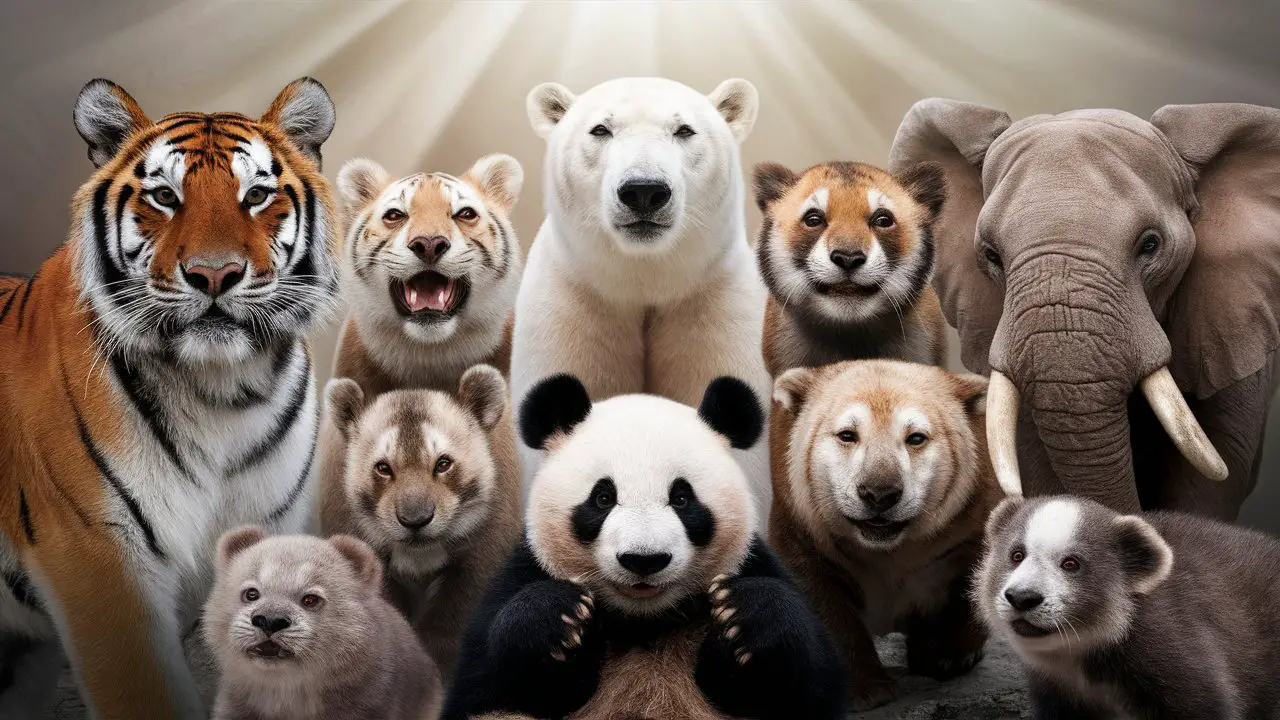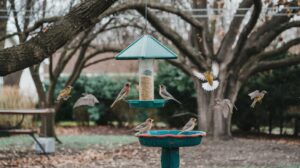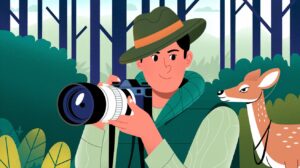As an environmentally-conscious citizen, staying informed on endangered species and the health of ecosystems is one of your civic duties. The endangered species list, assembled by the U.S. Fish and Wildlife Service under the Endangered Species Act, catalogs vulnerable plant and animal species in the United States and provides a roadmap for their recovery. This comprehensive guide will explain the listing process, highlight new additions and success stories from the 2024 list, discuss the importance of protecting biodiversity, and suggest ways you can help safeguard species in your local area. With so many ecosystems under threat, education and action are needed now more than ever to ensure a livable future for humans and wildlife alike.
What Is the Endangered Species List?
The Endangered Species List is a register of plant and animal species that are in danger of becoming extinct. Maintained in the United States by the U.S. Fish and Wildlife Service under the Endangered Species Act, the list categorizes species as either endangered or threatened based on their risk of extinction.
Endangered species are those that are in immediate danger of extinction throughout all or a significant portion of their range. Threatened species are likely to become endangered in the foreseeable future without conservation efforts. As species are added to the list, the government develops and implements recovery plans to protect and rebuild populations.
How Species Are Added to the List
The listing process begins when a petition is filed by an individual or organization to have a species listed, or when the U.S. Fish and Wildlife Service identifies a species as at-risk. A review team then evaluates the species based on five factors: damage to or destruction of a species’ habitat; overuse of the species for commercial, recreational, scientific or educational purposes; disease or predation; the inadequacy of existing regulatory mechanisms; and any other factors affecting the species’ survival.
If the threats to a species are deemed substantial, it will be proposed for listing as either endangered or threatened. Multiple public hearings and a comment period then follow before a final listing decision is made. The goal is to make these determinations based solely on the biological status of the species according to the best available scientific data. ##Delisting Species
Species can be delisted from the Endangered Species List once populations have recovered and stabilized. This is done through an evaluation similar to the listing process. However, species are rarely delisted, as conservation efforts require ongoing monitoring and management to prevent further decline. The ultimate goal is to establish self-sustaining populations that no longer require legal protection under the Endangered Species Act.
Notable Additions to the Endangered Species List in 2023
The Mississippi Gopher Frog
The Mississippi gopher frog was listed as endangered in 2023. Once found throughout the southeastern U.S., the frog’s numbers have declined by over 60% due to habitat loss and fragmentation. The species requires isolated, fish-free ponds to breed, and nearby upland forest habitat. Protecting and restoring wetland and forest habitats will be crucial to the recovery of this amphibian.
The Island Marble Butterfly
The island marble butterfly, found only in the San Juan Islands of Washington state, was listed as endangered. Its population has declined by over 50% in the last decade due to loss of habitat. The butterflies require native prairies and grasslands to complete their lifecycle. Invasive species, development, and habitat fragmentation have decimated these habitats. Conservation of the remaining prairie habitat and restoration of degraded habitat will be essential to securing the future of this species.
The Sierra Nevada Bighorn Sheep
The Sierra Nevada bighorn sheep was uplisted from threatened to endangered in 2023. Once nearly extirpated, the species had started to rebound, but a recent outbreak of pneumonia cut the population nearly in half. The sheep inhabit alpine meadows and rocky slopes in the Sierra Nevada mountains. Protecting the sheep from disease transmission and maintaining connectivity between populations will be key strategies for recovery in addition to habitat protection.
The additions of these three species to the endangered species list highlights the ongoing threats that wildlife face and the urgent actions needed to protect biodiversity. Habitat loss, disease, and habitat fragmentation remain serious threats for many species. Protecting remaining habitats, mitigating impacts on wildlife, and maintaining or restoring connectivity are critical conservation strategies to save these and other imperiled species.
Critically Endangered Species on the Brink of Extinction
As the human population continues to grow exponentially, many species are being pushed to the brink of extinction. The IUCN Red List currently categorizes over 28,000 species as threatened with extinction. Of these, over 4,200 species are considered Critically Endangered—the highest threat level before extinction.
The Cross River Gorilla
The Cross River gorilla is the most endangered gorilla subspecies, with only about 300 individuals left in the wild. These gorillas inhabit a region on the Nigeria-Cameroon border, where habitat loss and poaching have devastated populations. Conservation efforts are underway to protect remaining habitat, curb poaching, and promote ecotourism to support local communities. However, the Cross River gorilla remains extremely vulnerable.
The Vaquita Porpoise
The vaquita porpoise is found only in the northern Gulf of California, Mexico, where illegal fishing nets threaten to wipe out the remaining population of just 60 individuals. The vaquita are often accidentally caught and drowned in gillnets used to catch fish and shrimp. Although Mexico has banned gillnet fishing in the vaquita’s range, illegal fishing continues. Urgent action is needed to enforce fishing bans and transition fishermen to vaquita-safe fishing gear and practices.
The Javan Rhino
The Javan rhino is the most threatened rhino species, with only about 60 individuals left in the wild. Found in Ujung Kulon National Park in Indonesia, the Javan rhinos are at high risk due to their small population size and limited habitat. While poaching has been a threat, the greater dangers today are natural disasters like tsunamis, disease outbreaks, and loss of genetic diversity. Protecting and expanding the Javan rhinos’ habitat, and translocating some individuals to establish a second population, offer the best hopes for saving this critically endangered species from extinction.
Through targeted conservation efforts, raising public awareness, and promoting policy changes, it is possible to pull critically endangered species back from the brink. But action must be taken quickly before it is too late. The loss of any species is a tragedy—but with humanity’s help, we can prevent these three remarkable animals from disappearing forever.
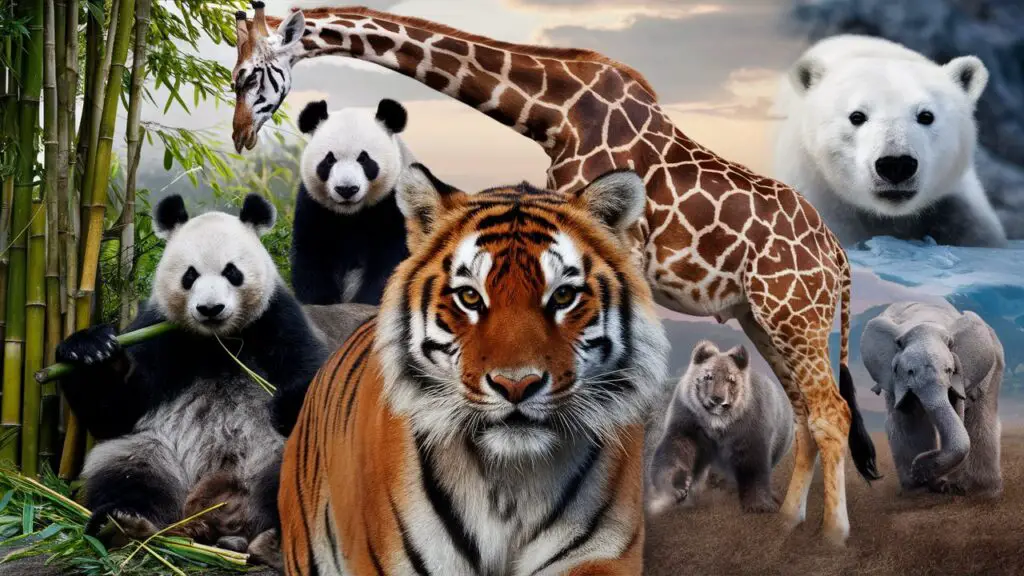
Success Stories: Species Recovered From the Endangered Species List
Gray Whales
Gray whales were nearly hunted to extinction but received protection in 1947 and were listed as endangered in 1970. Thanks to conservation efforts, the population rebounded to about 22,000 individuals and the species was delisted in 1994. The recovery of gray whales represents one of the first major successes of the Endangered Species Act.
Bald Eagles
Bald eagles were listed as endangered in 1967 due to hunting, habitat loss, and pesticide use. Banning DDT and other pesticides as well as habitat protection efforts allowed bald eagle populations to recover. Bald eagles were delisted in 2007 when populations exceeded 10,000 breeding pairs in the lower 48 states. However, bald eagles still face threats from habitat loss, pollution, and human activity, so monitoring programs remain in place.
Grizzly Bears
Grizzly bears in the Yellowstone area were listed as threatened in 1975 due to hunting and habitat loss. Regulations on bear hunting, waste management, and development allowed the population to rebound to over 700 individuals. The Yellowstone grizzly bear population was delisted in 2017, though it remains threatened in other parts of its range. Ongoing conservation efforts are needed to curb human-bear conflicts and ensure access to food sources.
Gray Whales, bald eagles, and Yellowstone grizzly bears represent major victories for conservation and the Endangered Species Act. With continued habitat protection and mitigation of human threats, more species can rebound from endangerment. However, climate change poses new challenges, as shifting conditions may render some conservation strategies less effective. Constant monitoring and adaptation of policies and practices will be needed to safeguard biodiversity in an era of rapid environmental change. Overall, these recovered species give hope that with determined conservation action, we can preserve endangered plants and animals for generations to come.
Don’t Miss a Thing! Enhance Your Wildlife Photography with Ultra-X Night Vision Goggles.
Get Now
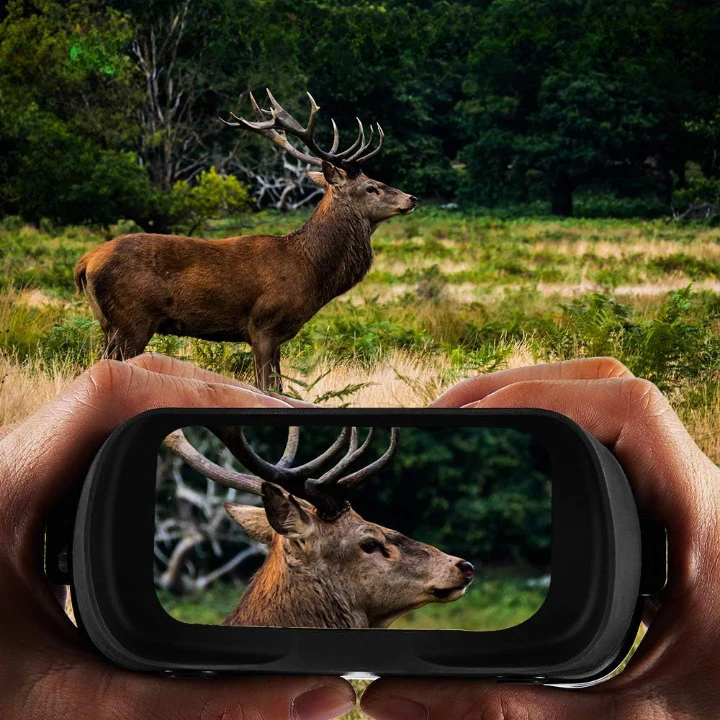
How You Can Help Protect Endangered Species
As an individual, there are several actions you can take to help protect endangered species and support conservation efforts.
Reduce your environmental footprint
Make sustainable choices in your daily life that minimize pollution and waste. Use reusable bags when shopping, recycle as much as possible, and conserve energy by turning off lights and electronics when not in use. These small changes can have a big impact if adopted by many people.
Eat sustainable seafood
Many marine animals are endangered due to overfishing and bycatch. When buying seafood, choose options certified by the Marine Stewardship Council as sustainably sourced. Some of the best options include wild-caught Alaskan salmon, sardines, and tilapia. Avoid overfished species like tuna, cod, and Chilean sea bass.
Donate to reputable organizations
Donate money or your time to organizations that protect endangered species and vulnerable habitats. Groups like the World Wildlife Fund, Conservation International, and The Nature Conservancy work around the globe to establish protected lands, push for legal protection of species, and address threats to biodiversity. Even small donations can help fund important conservation work.
Spread awareness
Educate others about endangered species in your local area and around the world. Share information on social media, give presentations at schools, or volunteer to lead nature tours that highlight at-risk wildlife and habitats. Building public support and concern for conservation is key to enacting political and social changes that can truly protect endangered species.
Travel responsibly
If traveling abroad, choose tour operators and destinations that follow sustainable and eco-friendly practices. Avoid activities that exploit or endanger wildlife like elephant riding, whale watching, and handling of wild animals. Instead, observe animals in the wild or visit reputable wildlife sanctuaries and rehabilitation centers. Your dollars can support conservation by choosing responsible travel options.
By making simple changes and taking action in your daily life, you have the power to make a real difference in protecting endangered plants and animals worldwide. Every step matters when it comes to conservation, so do your part and encourage others to do the same. Together, we can work to save species from extinction and build a sustainable future for all.
Conclusion
As you have seen, the Endangered Species List is an important tool for protecting our planet’s precious biodiversity. While hundreds of species have recovered thanks to conservation efforts, many others remain under threat. We all have a role to play in safeguarding these animals and their habitats. Consider how your daily choices impact endangered species, from reducing plastic waste to supporting eco-friendly companies. Spread awareness in your community about at-risk wildlife. Together, through education and action, we can create a future where no species is endangered.

